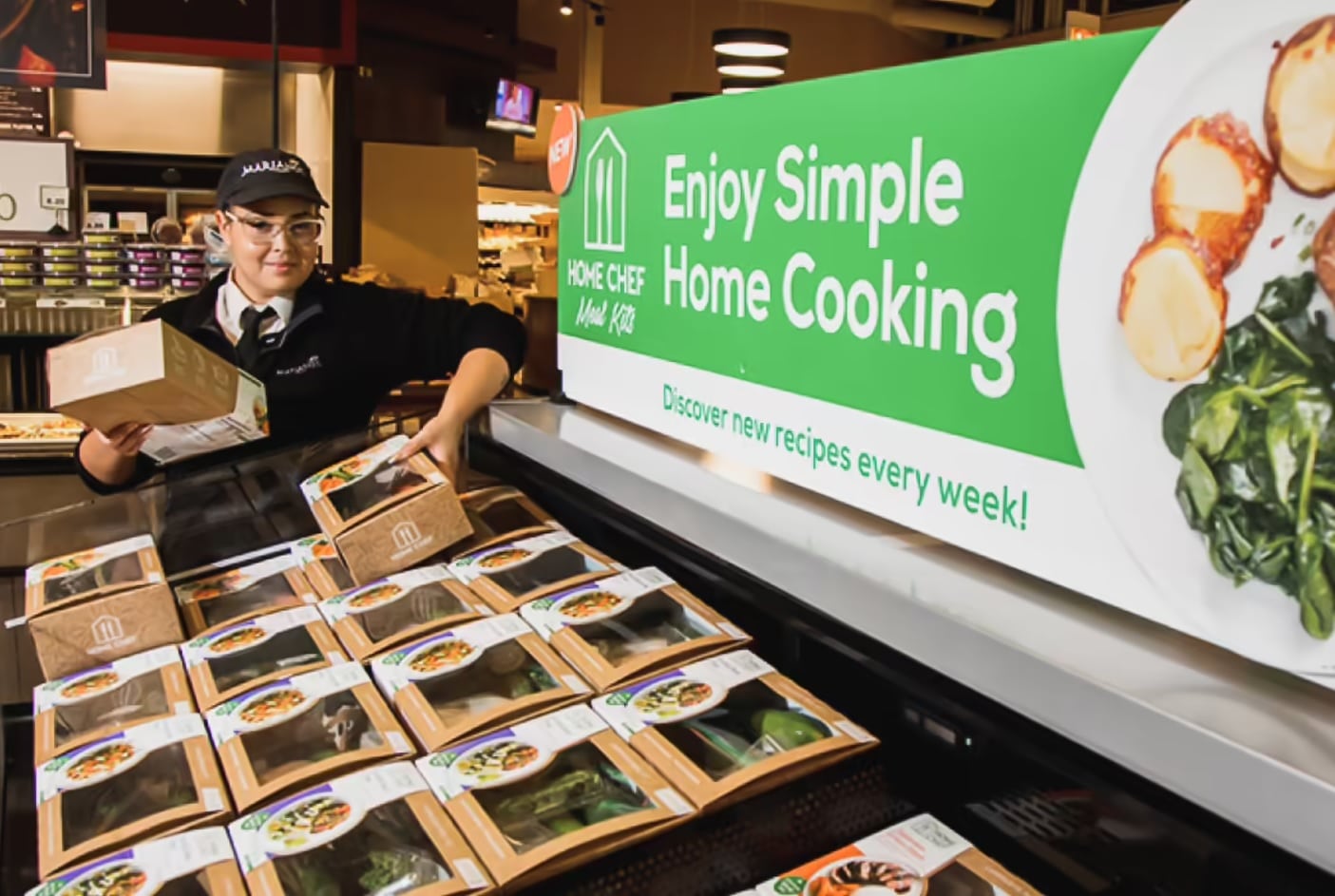
A number of surveys – and most likely, your own experiences – have shown that inflation has many of us cutting back on our grocery purchases to save money. But which grocery purchases, exactly?
A new report has some insights into where we’re cutting back. Clipping coupons and looking for deals can only go so far – so if you really want to save money on your regular grocery shopping trips, the best way may be to simply buy less than you used to.
“In response to higher prices,” the market research firm Numerator found, “consumers have cut back on the number of items they purchase overall.” Sales of nice-to-have but expensive items have seen the largest declines, while grocery items that are considered daily essentials have seen slower declines – but most are still declining nonetheless.
Fresh meal kits, once a popular and trendy option for those who are too busy to cook, are now out of the question and not in the budget for a growing number of shoppers. Numerator’s figures show that meal kit sales have declined nearly 10% over the past year. Frozen food is next on the list, with 9% fewer purchases – suggesting, perhaps, that more shoppers are focused on fresh foods they can eat right away, than they are on stocking the freezer for future meals. Sales of herbs and spices, which can be expensive but you can live without if you don’t mind bland food, have experienced the third-largest decline, down 8%.
As you go down the list, other categories where we’re cutting back include costly meat and seafood, and discretionary items like snacks and condiments.
Sales of staple items like bread, dairy and produce, and inexpensive fillers like beans and pasta, are not down quite so much, but they are still down. Curiously, the only category where Numerator saw an uptick is “in-store bakery (breads)”, which has seen a modest sales increase of 1.5%.
Nielsen, meanwhile, has produced its own report on the impact of inflation, in which it agrees that “declining consumption remains a concern for the industry as consumers focus their spending on the essentials.” A third of shoppers it surveyed said they are “scrutinizing their purchases” and “sticking with the essentials and buying less.”
Overall, Numerator reported that shoppers are buying 5.6% fewer grocery items than they did a year ago. The steepest decline is among middle-income shoppers, earning between $40,000 and $80,000 a year, who have reduced their purchase quantities by more than 10%. Shoppers earning less have cut back about 8%, while higher-earning shoppers haven’t had to tighten their belts as much, as they’re buying only about 1% fewer items.
And the thrifty shopping behavior seems likely to continue. While the U.S. Labor Department’s latest Consumer Price Index shows grocery price increases slowed to just 0.2% last month, Numerator pegged the increase at 1.2%. But both agree that year-over-year, grocery prices are up more than 11%.
Club stores like Costco and Sam’s Club may provide the best bang for your buck, as Numerator says they’ve had the lowest rates of grocery inflation. And that could actually be part of the reason we’re buying fewer items – because we’re buying more of them at club stores. “One of the contributing factors fueling fewer items being sold is the shift to larger sizes,” Nielsen’s report noted. “25% of Americans are buying larger sizes as a savings strategy to get a lower cost per use.”
Dollar stores – where you might think you’re getting the best deals – have consistently experienced the highest rates of grocery inflation, according to Numerator. But dollar stores still have the lowest price points for those living paycheck to paycheck, and these shoppers are unlikely to be willing to pay a membership fee to shop at a club store. So when it comes to the ongoing impact of inflation, Numerator notes that “low income households are disproportionately feeling the most squeezed out of all income groups.”
Whether they shop at a dollar store, a club store, a superstore or grocery store, Nielsen found that more than a third of shoppers will seek out a store with the lowest prices, and nearly as many say they will try to limit their spending to only what’s on sale. All other things being equal, Nielsen declared, “the lowest price will continue to win.”
So if you’re looking to save money on your next grocery shopping trip, you might want to cut out the meal kits if you haven’t already. And look for deals in the bakery department – the thrifty shoppers in Numerator’s study just might be onto something.
Image source: Kroger










